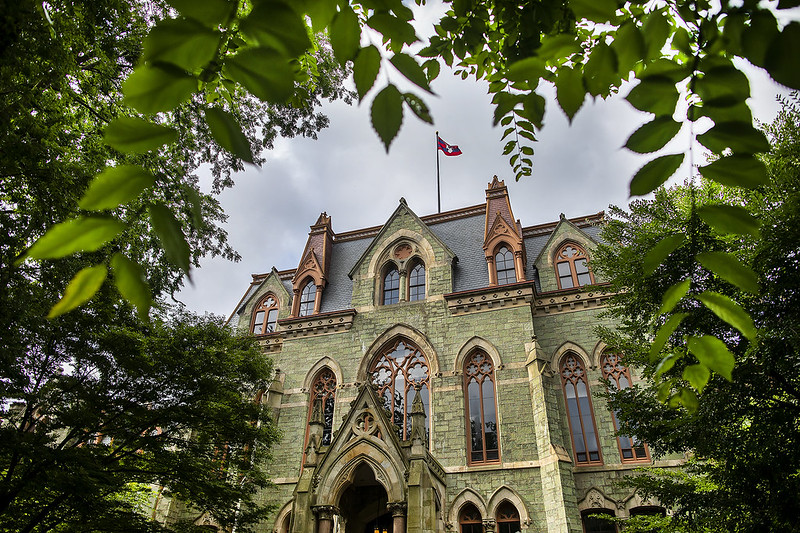If you are a high school student or the parent of one, you already know that gaining admission to highly selective colleges is incredibly competitive. For the class of 2027, applications were up more than 20% at the most selective schools – so it’s no surprise that the regular decision admit rates are below 5% at the Ivies.
The odds can feel overwhelming, and it’s hard to know where to focus. While all components of the application process are important, there is one college application decision, in my experience, that impacts the outcome more than any other. This decision is emotional, confusing, and for many students and their families, the hardest part of applying to college.
Nevertheless, it’s worth fighting through the discomfort to create a strategic, optimized school list.
With the rapidly shifting admissions landscape, it’s no wonder that people are disoriented. In addition to figuring out where you will actually thrive, how do you know where you’re a competitive applicant? Should you apply Early Decision, and if so, where? How about Early Action and Early Decision 2? Does applying for financial aid hurt your odds? Are schools really test optional? How do you know whether or not to submit your test scores? Furthermore, given that schools are becoming harder to get into every year, what can you expect the odds to be when you apply?
After answering these foundational questions, the next step is to finalize your list. This is where I commonly see families falter. No matter how clear-eyed and rational the previous conversations have been, many parents have a tough time letting go of historical impressions of colleges. They can also struggle to understand that even the strongest students are unlikely to get in everywhere. Selective colleges can, literally, fill their classes many times over with applicants who are valedictorians with perfect test scores.
The results of miscalculating, and creating an overly aggressive list can be, at the risk of sounding overly dramatic, disastrous.
This is not to say that strong students shouldn’t apply to their dream schools. Over the past two years, my clients have been admitted to Harvard, Stanford, Yale, Penn, Brown, Dartmouth, MIT, CalTech, Cornell, Vanderbilt, Amherst, Williams, Northwestern, the University of Chicago, UCLA, Berkeley, Columbia, USC, Swarthmore, Tufts, Barnard, NYU, Pomona, Scripps, Bowdoin, UVA, Wake Forest, William and Mary, Carnegie Mellon, Northeastern, WashU, Michigan and more.
For clients who are qualified for and interested in the most selective schools, I know how to maximize their chances of getting in. However, it’s never a guarantee, and lists that ONLY include the Ivies, Stanford, MIT, UCLA, Berkeley, and Northeastern as a “safety,” for instance, are setting students up for failure. Northeastern, for reference, had a 6% admit rate this year – and it was lower than 6% for regular decision. It’s not a safety for anyone.
As a parent who went to college in the 80’s and 90’s, I truly understand why it’s hard for families to comprehend how different things are now. The MAJORITY of applicants to the most selective schools now have numbers at or above the admitted average, and outstanding extracurricular activities. They can’t all get in.
Furthermore, the University of Chicago and the University of Pennsylvania offer great examples of how much things have changed. In 1990, Chicago had an admit rate of 45%. For the class of 2027, it was 5%. In 1991, the University of Pennsylvania admitted 47% of applicants. For the class of 2027, it was 4.1%.
To maximize success, it’s absolutely critical to have a balanced list. In addition to the most selective schools, strategic applicants need to apply to many target and “safety” schools. I put safety in quotes because there are very few true safeties in this climate; if schools suspect that you are super unlikely to attend, they can be hesitant to admit you, so that their yield numbers don’t suffer. It’s also critical for parents to reconsider what they consider to be target or safety schools.
The most important college application decision is where to apply.




